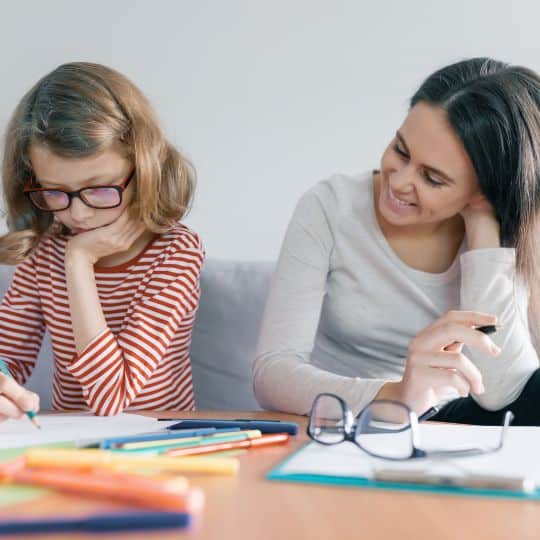Understanding your child’s unique learning style is a key to unlocking their full potential in education. Each child processes information differently, and tailoring their learning experiences to match their individual style can make a significant difference in their academic success. Here are some valuable tips for identifying your child’s main learning style inspired by the teachings of this private school in Essex.
Observe Their Preferences

Pay close attention to how your child naturally gravitates towards learning. Do they prefer visual aids like pictures, charts, and diagrams? Are they more inclined towards hands-on activities, or do they enjoy listening to stories and discussions? Recognising these preferences can provide early insights into their learning style.
Experiment with Different Methods
Introduce various learning approaches and activities to your child. Encourage them to draw, build, read aloud, or engage in experiments. Take note of which methods seem to resonate most with them and which ones they seem to enjoy the most.
Ask for Their Input
Communicate openly with your child about how they feel they learn best. Encourage them to express what makes them feel most comfortable and engaged during learning. Their insights can offer valuable clues about their learning style.
Assess Their Strengths and Weaknesses

Understanding your child’s academic strengths and areas where they may struggle can help pinpoint their learning style. For instance, if they excel in subjects that involve visual aids, it may suggest a visual learning preference.
Pay Attention to Body Language
Observe how your child reacts during different learning activities. Do they seem focused and engaged, or do they become restless and distracted? Body language can reveal a lot about their comfort level with specific learning methods.
Consider Multiple Intelligences
Familiarise yourself with Howard Gardner’s theory of multiple intelligences, which suggests that there are various ways individuals learn best, including visual-spatial, auditory-musical, and kinaesthetic. Identifying which of these intelligences aligns with your child can be instrumental in tailoring their learning experiences.
Adapt and Personalise Learning

Once you have a better understanding of your child’s learning style, work with their teachers to implement personalised learning strategies in the classroom. This may involve providing additional visual aids, hands-on activities, or auditory resources to support their learning.
Remember, a child’s learning style can evolve over time, so it’s essential to remain observant and adaptable. By homing in on their unique preferences, you can create an environment that fosters their love for learning and sets them up for academic success.

